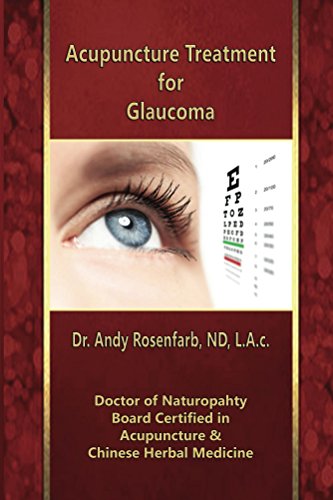Glaucoma
Overview & Our Approach to Glaucoma
Glaucoma is often referred to as the “silent thief of sight” due to its ability to progress without noticeable symptoms until significant vision loss has occurred. This condition primarily affects the peripheral vision, creating a tunnel-like view. Alarmingly, 70% of vision loss associated with glaucoma occurs before the condition is even diagnosed. Regular eye exams are crucial for early detection and intervention.
Glaucoma is most commonly caused by increased intraocular pressure (IOP), which can damage the optic nerve. However, conventional treatments that focus solely on lowering eye pressure may overlook other critical factors contributing to optic nerve damage and overall eye health. Our approach to managing glaucoma is comprehensive and individualized, addressing not just IOP but also the underlying mechanisms of optic nerve degeneration.
Reducing Intraocular Pressure (IOP): We use a combination of acupuncture, targeted supplements, and at-home therapeutic devices designed to help reduce eye pressure naturally, complementing traditional treatments.
Preserving Optic Nerve Health: Beyond IOP management, we focus on protecting the optic nerve from degeneration by addressing underlying factors such as poor blood flow, inflammation, and oxidative stress.
- Telehealth & In-Office Treatments: We provide personalized care through telehealth consultations and intensive treatments at our New Jersey office. This allows us to deliver fast, effective interventions tailored to each patient’s specific condition.
- At-Home Care with ACS3000: The ACS3000 system supports ongoing optic nerve health with at-home therapies, ensuring continuous care between office visits.
- Targeted Supplements: We offer specialized supplements aimed at supporting eye health, particularly for enhancing optic nerve function and reducing oxidative stress.
Symptoms & Causes of Glaucoma
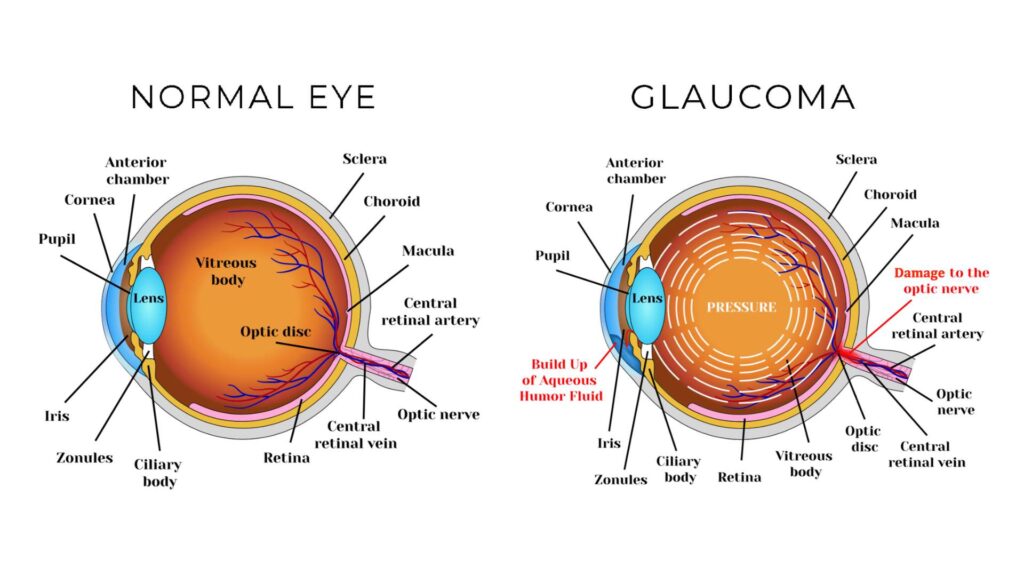
Symptoms of Glaucoma:
Peripheral Vision Loss: One of the earliest and most common symptoms of glaucoma is the gradual loss of peripheral vision, often going unnoticed until significant damage has occurred.
Tunnel Vision: As glaucoma progresses, patients may experience tunnel vision, where the central vision remains but the peripheral vision is lost, creating a narrow field of view.
Eye Pain and Discomfort: In some cases, particularly with acute angle-closure glaucoma, patients may experience sudden eye pain, headaches, nausea, and vomiting.
Blurred Vision: Blurred vision, especially during periods of increased intraocular pressure, can be a symptom of glaucoma.
Halos Around Lights: Seeing halos around lights, particularly in low-light conditions, can indicate elevated eye pressure and optic nerve damage.
Causes of Glaucoma:
Increased Intraocular Pressure (IOP): The most significant risk factor for glaucoma is elevated IOP, which occurs when the eye’s drainage system (trabecular meshwork) becomes clogged, preventing fluid from leaving the eye efficiently. This pressure buildup can damage the optic nerve over time.
Optic Nerve Damage: Glaucoma results from damage to the optic nerve, often due to the sustained pressure from within the eye. This damage can lead to irreversible vision loss if not managed properly.
Neurodegeneration: Emerging research suggests a link between glaucoma and neurodegenerative diseases such as Alzheimer’s. The optic nerve, an extension of the brain, may suffer from neurodegeneration, including:
- Mechanical Trauma: Direct damage to the optic nerve due to increased pressure.
- Decreased Blood Flow: Reduced blood flow to the optic nerve can exacerbate damage.
- Retinal Ganglion Cell Death: The death of these critical cells further contributes to vision loss.
Neuroinflammation: High IOP can trigger inflammation in the optic nerve, leading to further damage. This inflammation often involves microglial cells, which can contribute to nerve cell degeneration and the accumulation of harmful proteins, similar to processes seen in Alzheimer’s disease.
Oxidative Stress: Oxidative stress, resulting from an imbalance between free radicals and antioxidants in the body, can cause damage to DNA and neurons, disrupting blood flow and leading to further optic nerve damage. Antioxidants are being explored as a potential therapy to mitigate this damage and improve glaucoma outcomes.
Other Risk Factors:
- Certain Drugs: Long-term use of steroids is known to increase the risk of developing glaucoma.
- Computer Use: Prolonged computer use, especially in individuals with myopia, can increase the risk of developing glaucoma.
- Thyroid Issues: Low thyroid function has been linked to an increased risk of glaucoma.
- Genetic Mutations: Certain genetic mutations, such as those in the WDR36 and STI1 genes, are associated with a higher risk of developing glaucoma.
- Mercury and Manganese Levels: Elevated mercury levels and low manganese levels have been linked to an increased risk of glaucoma.
- Estrogen Insufficiency: Women who undergo early ovary removal or who have low estrogen levels may be at a higher risk of developing glaucoma.
- Alzheimer’s Disease: Patients with Alzheimer’s disease have a higher risk of developing glaucoma, suggesting a potential link between the two neurodegenerative conditions.
- Retinal Vein Occlusion: Individuals with retinal vein occlusion, a condition where blood flow to the retina is blocked, are at increased risk for glaucoma.
- Smoking: Smoking is a significant risk factor for many eye conditions, including glaucoma, due to its impact on vascular health and oxidative stress.
- Mitochondrial Dysfunction: Mitochondrial dysfunction, which affects the energy production in cells, is linked to the deterioration of the trabecular meshwork, contributing to increased IOP and glaucoma.
- Homocysteine Levels: Elevated homocysteine levels are associated with a higher risk of developing both open-angle and pseudoexfoliation glaucoma.

Telehealth and Intensive In-Office Glaucoma Treatment
Start Your Journey with a Telehealth Consultation and Experience the Fastest Results with Our Comprehensive In-Office Care

At-Home Glaucoma Treatment with the ACS-3000
Discover the At-Home Frequency Specific Alternating Current Micro Stimulation System
Shop Glaucoma Supplements
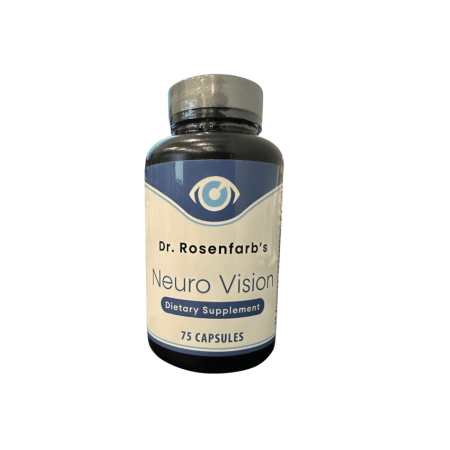
NeuroVision Formula

LipoVision DHA
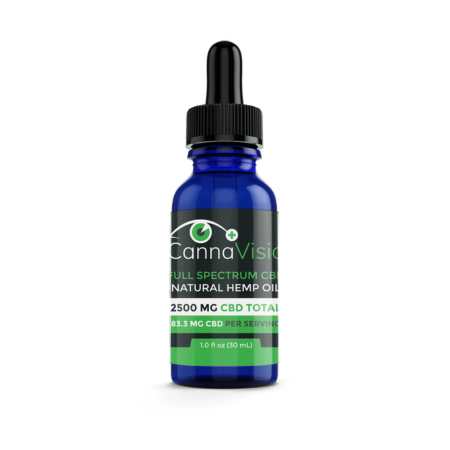
CannaVision
Case Studies

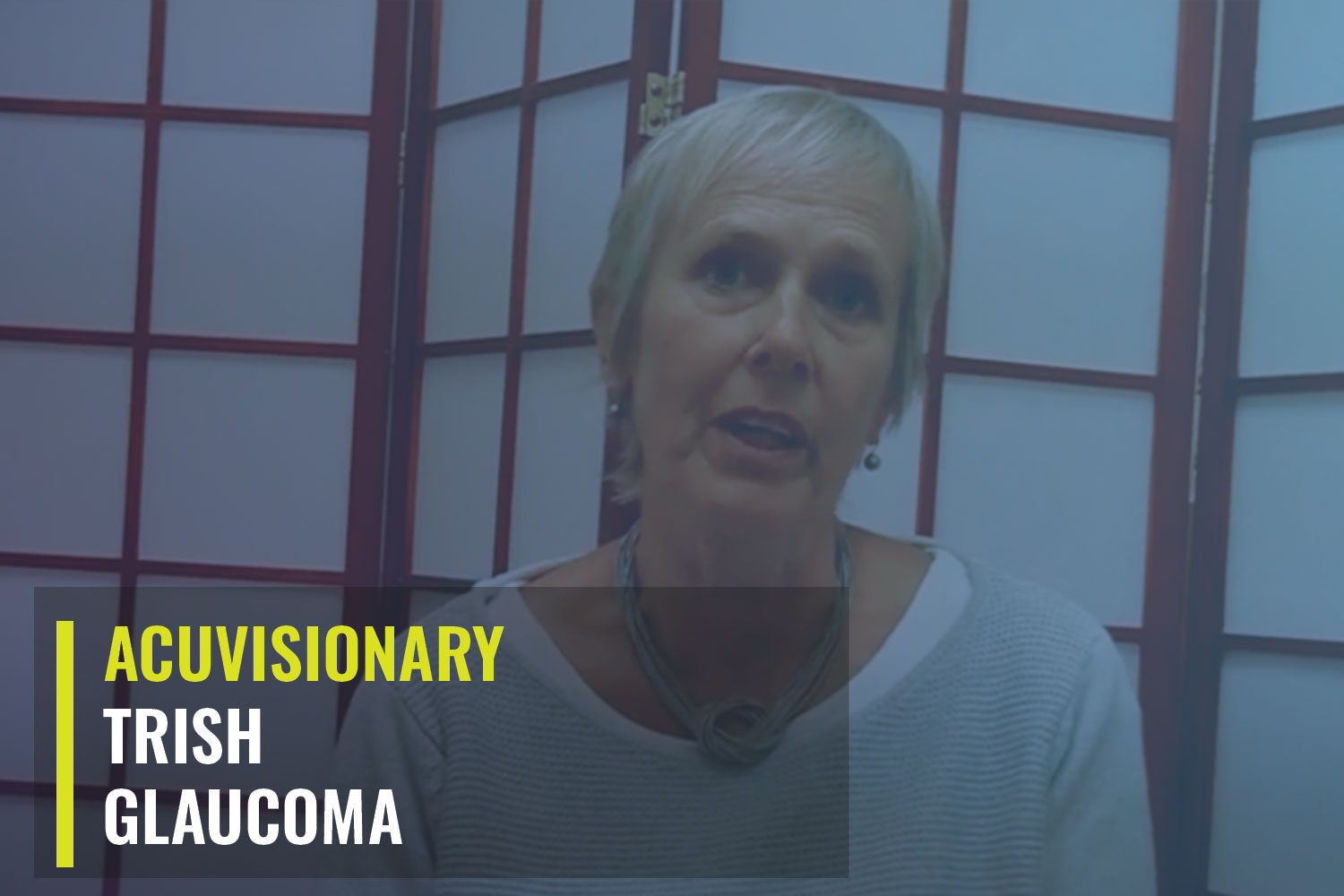
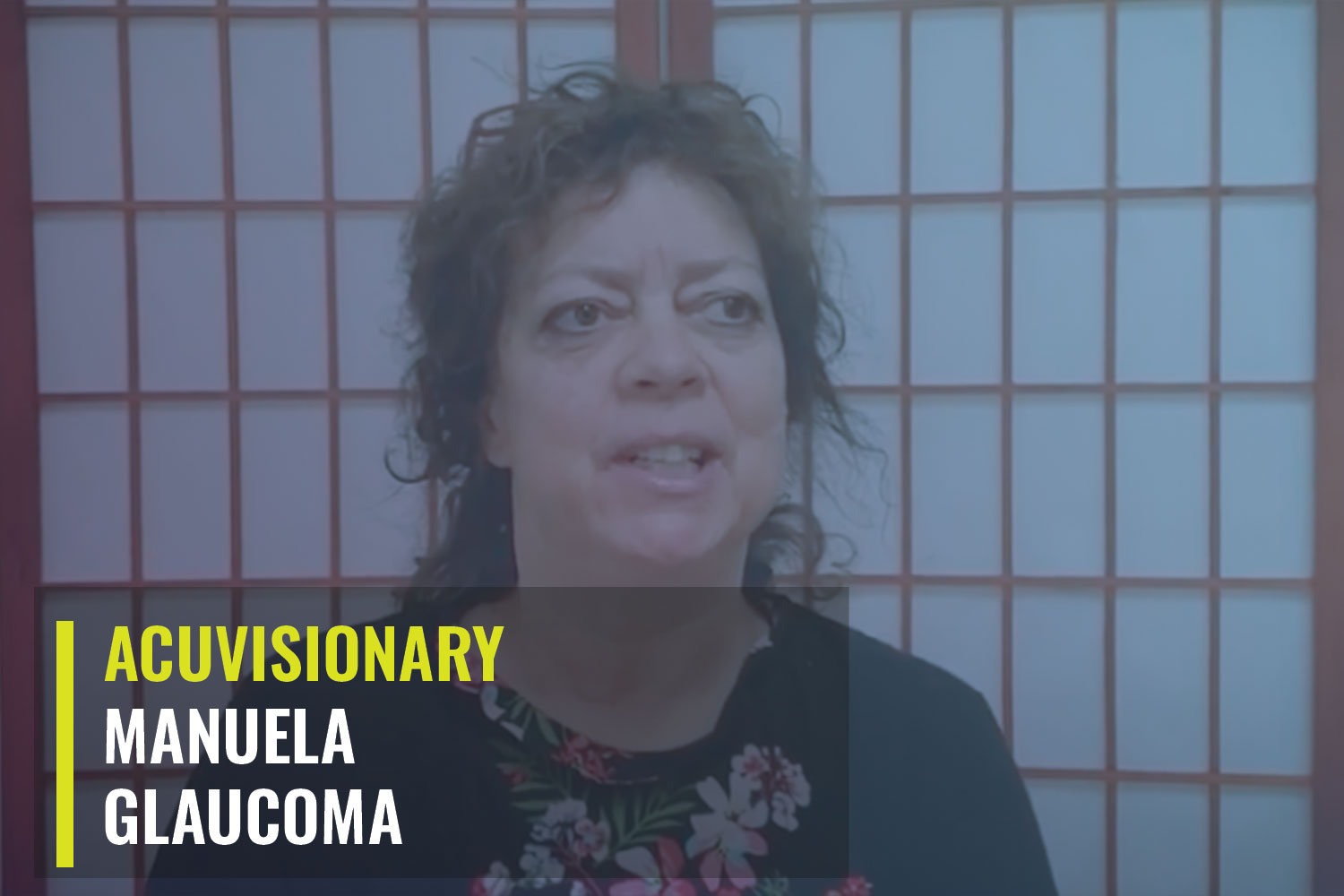
Resources
Join Us on Facebook
Join Us on Youtube
Dr. Rosenfarb's Books
